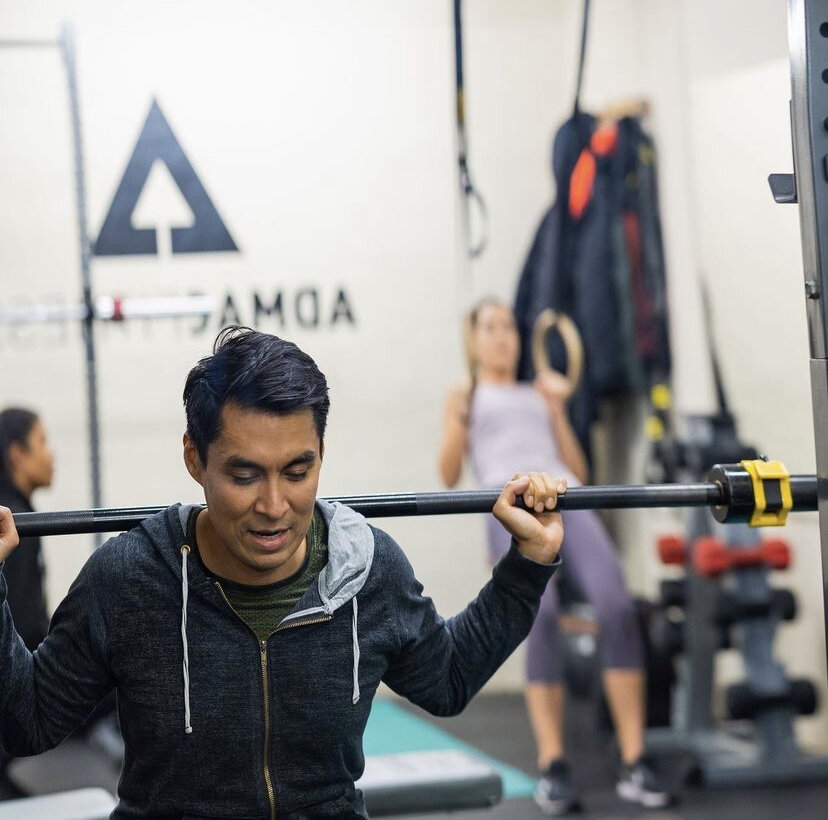For decades, gym goers have approached muscle building (and general weight training for that matter) with a ‘split routine’ approach. This is where you essentially divide the body into different sections and train each section at a time.
A classic example of a split routine might look like this…
Monday: Chest and triceps
Tuesday: Back and biceps
Thursday: Legs and abs
Friday: Shoulders and arms
The thinking behind this style of training was that you’d train the muscle group so intensely that it would need a week to rest, recover and grow.
It grew in popularity around the 70s onwards, when the golden age of bodybuilders (Arnie, Lou Ferrigno and the like) started to get attention. Their methods became popularised through magazine articles, TV shows, documentaries (anyone seen Pumping Iron?!)
But there was a problem…
Despite the magazine articles showing the guys training, it left out two major pieces of (vital) information about their training regimen…
They’d be training for years. What they were doing now wasn’t what got them to that point in the first place.
They were taking steroids. It’s no secret that bodybuilders enjoy some ‘chemical assistance’. That helps them to grow muscle faster, train harder and longer, plus recover quicker.
What this means is that although the articles were showing how the guys were training now, it wasn’t advice that was bets suited to your everyday office or factory worker who just wanted to look good on the beach. Despite that, the magazines sold in huge numbers and the split routine approach exploded in popularity - so much so that even today, lots of young people are still using split routines as complete beginners, because that’s what they’ve been told to do by others.
But is it the best approach?
The question can be answered with science…
When it comes to building muscle in people new to training, the frequency of the muscle stimulation is shown to be the most effective approach. In practice what that means is that the more often you train a muscle, the more times to create the physiological environment required for it to grow.
If you’re new to training (have less than 2 years resistance training background) then the research suggests that you need to stimulate all of your muscles frequently, rather than once per week which is the norm with a split routine.
The same study also mentions that when it comes to improving strength, full body training is the way to go. Given strength is fundamental to both fitness and performance, the sensible thing to do is to hit the full body workouts frequently, with the emphasis being on building both muscle and strength. You’d do this by following the summary below, taken from this review of muscle-building research…
‘Foundations for individuals seeking to maximize muscle growth should be hypertrophy-oriented RT consisting of multiple sets (3−6) of six to 12 repetitions with short rest intervals (60 s) and moderate intensity of effort (60−80% 1RM) with subsequent increases in training volume (12–28 sets/muscle/week).’
At AdMac Fitness we train our clients with a full body approach, because that’s what the research tells us to do. If you’re not an AdMac Fitness personal training client reading this, take a look at the way personal trainers are training people, or the way athletes on TV are training people - they’re certainly not doing a ‘back and biceps’ day!
So is it time to put the split routine to bed?
For most people, yes - absolutely.
If you’re a beginner looking to build muscle and strength, yes - you should be focussing your time on full body routines at least until you’ve added a significant amount of muscle to your frame. At that point, you could perhaps to add a little refinement to your physique with some body part split work.
If you’re looking for athletic development, there’s almost no place at all for a split routine in your gym work. As an approach, these isolated body part workouts offer us little in terms of movement quality improvement.
The only time a split routine may be favourable is if you’re already an established exerciser with a mature, muscular physique and you’re looking to add more muscle in particular areas. This refinement is possible by adding additional volume to certain body parts.
Beyond that, it’s full body for the win!
Personal Training in East London…
If you’re confused about how you should go about building the fitness and physique you long for, trust the professionals at AdMac Fitness to help you. They’re a well-qualified group of expert personal trainers, with decades of collective health and fitness experience.
You’ll train in our private personal training studio in Bow, E3. That means fantastic 1-1 service and no waiting for equipment. It’s also perfect for those who feel self conscious because it’s a private studio, used only by AdMac Fitness personal trainers and our clients.
Contact AdMac Fitness on 07921465108 or email us at admacfitness@gmail.com. We look forward to hearing from you!




































